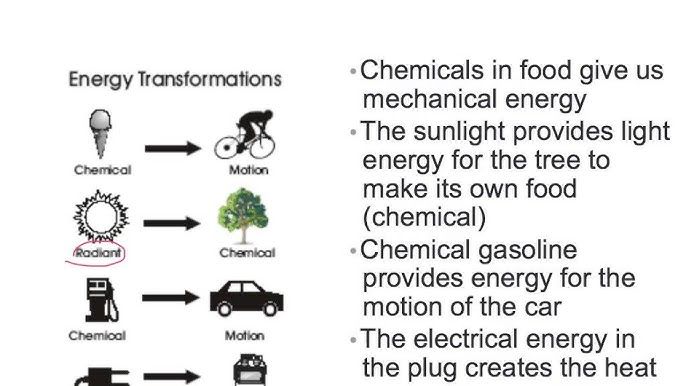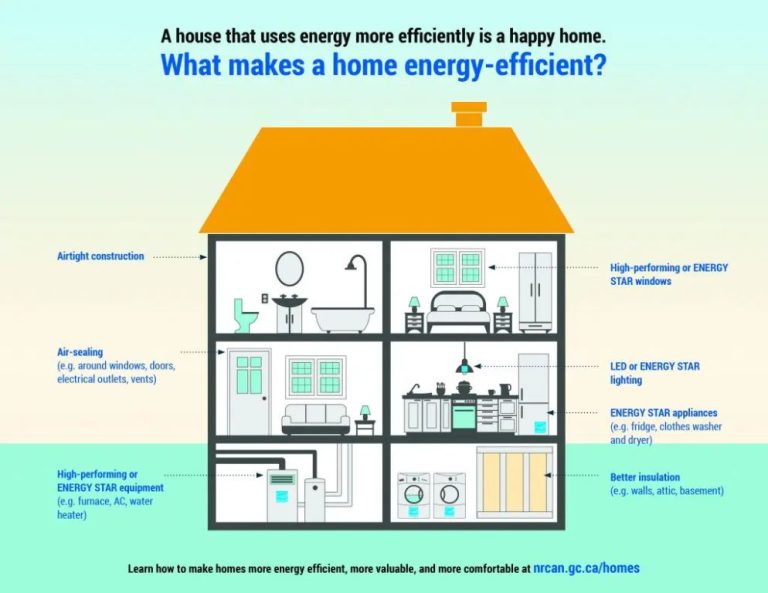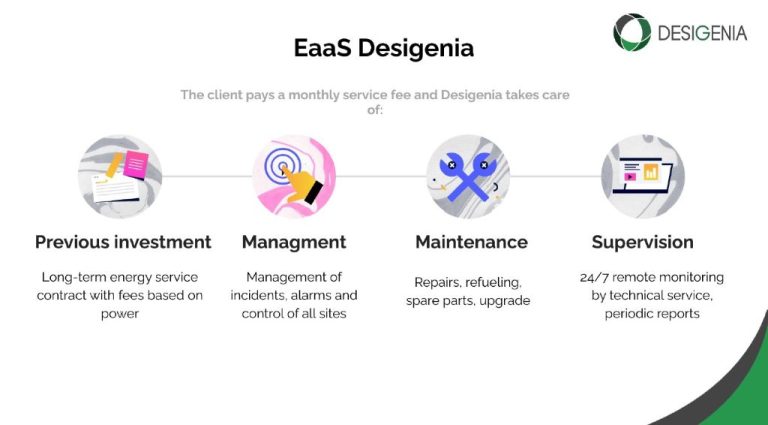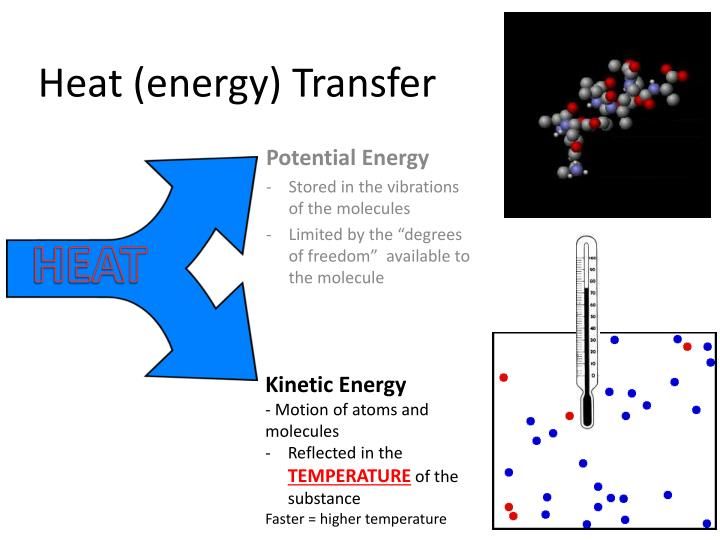What Is Energy Transformation For Dummies?
Energy transformation refers to the process of changing energy from one form to another. For example, a car engine transforms chemical energy from fuel into mechanical energy to move the car. Or a lightbulb transforms electrical energy into light and heat energy.
Understanding energy transformation is important because everything we do relies on it. The food we eat is converted into energy to move, grow and think. Machines transform energy to perform useful work like moving heavy objects or powering factories. Even our bodies depend on constant energy transformations to keep us alive.
Some common examples of energy transformations we experience daily include:
- Chemical energy in batteries converted into electricity to power devices
- Light energy from the sun converted into chemical energy by plants through photosynthesis
- Chemical energy in food converted into kinetic energy to move the body
- Electrical energy converted into microwaves to cook food
Being familiar with how energy transformations work allows us to better harness them for human needs. Scientists and engineers apply this knowledge to design new technologies and improve processes. For society, it enables advances in transportation, power generation, manufacturing, and much more.
Forms of Energy
There are many different forms of energy that exist in our universe. Here are some of the main forms of energy:
Heat (Thermal) Energy
This is the energy that comes from the motion of atoms and molecules in matter. The faster atoms and molecules vibrate, the more heat energy they have.
Light (Radiant) Energy
This is the energy that comes from electromagnetic radiation that is visible to the human eye, like the energy from the sun or a lightbulb.
Motion (Kinetic) Energy
This is the energy possessed by objects that are in motion. The faster or heavier an object is, the more kinetic energy it has.
Electrical Energy
This is the energy from the flow of electrons. Lightning and electricity that powers appliances and devices are examples of electrical energy.
Chemical Energy
This is the energy stored in the bonds between atoms and molecules. Batteries, fossil fuels, food, and living organisms contain chemical energy.
Nuclear Energy
This energy comes from the splitting (fission) or joining (fusion) of atomic nuclei. Nuclear power plants use fission reactions to generate electricity.
Energy transformation examples

Energy transformations occur constantly around us. Here are some common examples:
Chemical to light: This happens in a lightbulb, where electrical energy causes a filament to heat up and emit light. The initial source of the electricity is often a power plant that converts chemical energy (like burning coal or natural gas) into electrical energy.
Chemical to motion: Gasoline or other fuels are burned in car and truck engines. This chemical energy is converted into thermal energy as heat, which causes gases to rapidly expand. The force of these expanding gases pushes pistons, converting the thermal energy into mechanical energy of motion. Jet engines also undergo similar energy transformations.
Radiant to chemical: Plants convert radiant light energy from the sun into chemical energy through photosynthesis. The plants use this energy and store it in the form of carbohydrates like sugars and starches.
Mechanical to electrical: Electric generators convert motion energy into electricity. For example, wind turbines use the kinetic energy of wind to spin magnets near wire coils, inducing a current. Likewise, hydroelectric dams use the motion of water to spin turbines connected to generators.
Laws of thermodynamics
The laws of thermodynamics govern how energy is transferred during energy transformation processes. The first law of thermodynamics, also known as the law of conservation of energy, states that energy cannot be created or destroyed in an isolated system. This means that the amount of energy going into a system must equal the amount of energy coming out. While energy can change forms, the total amount remains constant.
The second law of thermodynamics states that when energy is transformed from one form to another, some amount of useful energy is always degraded into lower quality or useless waste energy. For example, when gasoline is burned in a car engine, some energy is lost as heat and exhaust. This law explains why perpetual motion machines are impossible – some energy is always lost or wasted.
Another important thermodynamic concept is that energy naturally flows from higher concentrations to lower concentrations. For example, heat flows from hot objects to colder objects until they reach the same temperature. This principle explains why engines can perform work – they channel energy flowing from higher to lower concentrations to accomplish tasks.
In summary, the laws of thermodynamics describe how energy transformations must abide by the conservation of energy and the natural direction of heat flow. These fundamental laws govern all energy transformations.
Energy transformation devices
Some of the most important devices that transform energy include turbines, engines, and solar cells. These devices take one form of energy as input and convert it into a different form of energy as output through various processes.
Turbines are rotary mechanical devices that extract energy from a fluid flow. They are used in power plants to convert the kinetic energy of steam, water, air or hot gases into mechanical energy by rotating a shaft. This rotational energy can then be converted into electrical energy using an electric generator.
Engines like internal combustion engines in vehicles transform chemical energy from fuel into mechanical energy through combustion processes. The expanding gases from the combustion apply pressure to pistons, rotating a crankshaft. This rotational motion creates the power to drive wheels and propel the vehicle.
Solar cells or photovoltaic cells convert sunlight directly into electricity. Solar cells are made of semiconductor materials that exhibit the photovoltaic effect. When sunlight hits the solar cell, the energized photons from the sunlight trigger electrons to start flowing, creating an electric current that provides power.
These and other energy transformation devices allow us to convert energy from one form that is difficult to use into more usable forms of energy that power our modern society, from electricity to transportation.
Energy transformation in nature
Energy transformations happen constantly in the natural world. Some key examples are photosynthesis, food chains, and the water cycle.
Photosynthesis is the process plants use to convert sunlight into chemical energy. Plants absorb sunlight in their leaves, which drives a chemical reaction that converts carbon dioxide and water into glucose (sugar) and oxygen. The glucose provides energy that allows plants to grow.
Food chains show how energy moves through ecosystems. Producers like plants transform sunlight into chemical energy by photosynthesis. Primary consumers (herbivores) eat the plants, transforming some of the chemical energy into body mass. Secondary consumers (carnivores) eat the herbivores, again transforming some of the energy into body mass. At each transfer between trophic levels, some energy is lost as heat.
The water cycle also involves energy transformations. Heat from the sun causes water on the earth’s surface to evaporate into water vapor (a gas). As the vapor rises and cools, it condenses back into liquid water droplets that form clouds. Water falls back to the earth as rain or snow. The energy that drove evaporation is released as heat when the water condenses.
Importance of energy transformation
Energy transformation is essential to modern life. Without the ability to change energy from one form to another, society as we know it would not be able to function.
The technological innovations and infrastructure we depend on require energy transformation. For example, power plants transform the chemical energy stored in coal, oil, natural gas, or nuclear materials into electrical energy that can be transmitted to homes and businesses. Cars and planes rely on the transformation of chemical energy in gasoline into kinetic energy of motion.
Electricity allows us to power countless devices and systems that improve productivity, connectivity, health, comfort and more. Transportation enables global commerce and facilitates economic growth. Without converting energy from fuels like gasoline, we could not easily move people, goods and services over distances.
In short, by harnessing various methods of energy transformation, humans have advanced technology, culture, science and industry in profound ways. While the sustainability and environmental impacts of certain energy systems remain controversial, transforming energy from one form to another is an essential foundation of modern life.
Challenges with energy transformation
While energy transformation allows us to harness energy in useful ways, it also comes with some key challenges. Three major issues are inefficiencies, waste heat, and environmental impacts.
Most energy transformation methods are not 100% efficient. There is always some energy lost, usually in the form of heat. For example, even the best gasoline engines only utilize about 30% of the energy in the fuel. The other 70% is lost as heat and exhaust. This waste heat escapes into the surroundings and cannot be harnessed. Improving efficiencies in energy transformation is an active area of research.
Waste heat can also be an environmental issue. The release of large amounts of low-grade heat into air and water can impact ecosystems. Thermal pollution occurs when the temperature of water reservoirs increases substantially, harming aquatic life. Generating electricity from fossil fuels releases significant waste heat that must be managed properly to avoid ecological impacts.
Beyond waste heat, energy transformation can have other environmental effects. Fossil fuel power generation emits greenhouse gases like carbon dioxide that contribute to climate change. Nuclear power produces radioactive waste. Dams for hydroelectric power change river ecosystems. There are always environmental tradeoffs to consider with large-scale energy transformation projects.
Overall, inefficiencies, waste heat, and ecological impacts present challenges we must address. Research into cleaner, more sustainable technologies can help mitigate these issues in the future.
Improving energy transformation
There are several ways we can improve the efficiency of energy transformation and reduce energy waste in our devices and systems. Some key methods include:
- Increasing efficiency – Using more efficient devices and systems that convert a larger portion of input energy into useful output energy. Examples include LED lights, high-efficiency heating and cooling systems, and electric motors and appliances with Energy Star ratings.
- Reducing waste – Minimizing energy loss during transformation stages through proper insulation, capturing waste heat, and avoiding unnecessary energy use.
- Renewable energy – Utilizing clean renewable sources like solar, wind, geothermal and hydropower that replenish themselves naturally. This reduces reliance on finite fossil fuels.
- Smart grids – Using two-way digital communication between utilities and appliances to optimize energy use and quickly detect issues.
- Energy storage – Storing excess renewable energy in batteries, thermal storage, pumped hydro storage and other methods for later use when energy demand increases.
- Automation and control – Using smart sensors, meters and automatic controls to tailor energy use to actual demand. This prevents over-production and waste.
With thoughtful design and smart energy management, we can transform energy more cleanly and efficiently. This will provide environmental and economic benefits for society as a whole.
The future of energy transformation
The future of energy transformation looks promising as the world moves towards more renewable and sustainable energy sources. Some key trends in this area include:
Transition to renewable energy
There is a major shift underway from fossil fuels like coal and oil towards renewable energy sources like solar, wind, hydroelectric, geothermal and biomass. Renewables are expected to continue to expand their share of global energy production as costs come down and energy storage solutions improve.
Growth of microgrids
Microgrids are self-contained energy systems that can disconnect from the traditional grid to operate autonomously. They help integrate renewable energy and improve resilience. Microgrids are expected to multiply rapidly in the coming decades.
Rise of electric vehicles
Electric vehicles are projected to become increasingly mainstream as battery technology improves and prices come down. This will stimulate enormous demand for renewable energy to power EVs and reduce reliance on gasoline and diesel.
Other trends that could shape the future of energy transformation include smart grids, home energy generation and storage, and further improvements in energy efficiency. Overall, the years ahead are likely to see a continued acceleration towards clean, renewable energy in order to curb climate change and build a more sustainable world.







